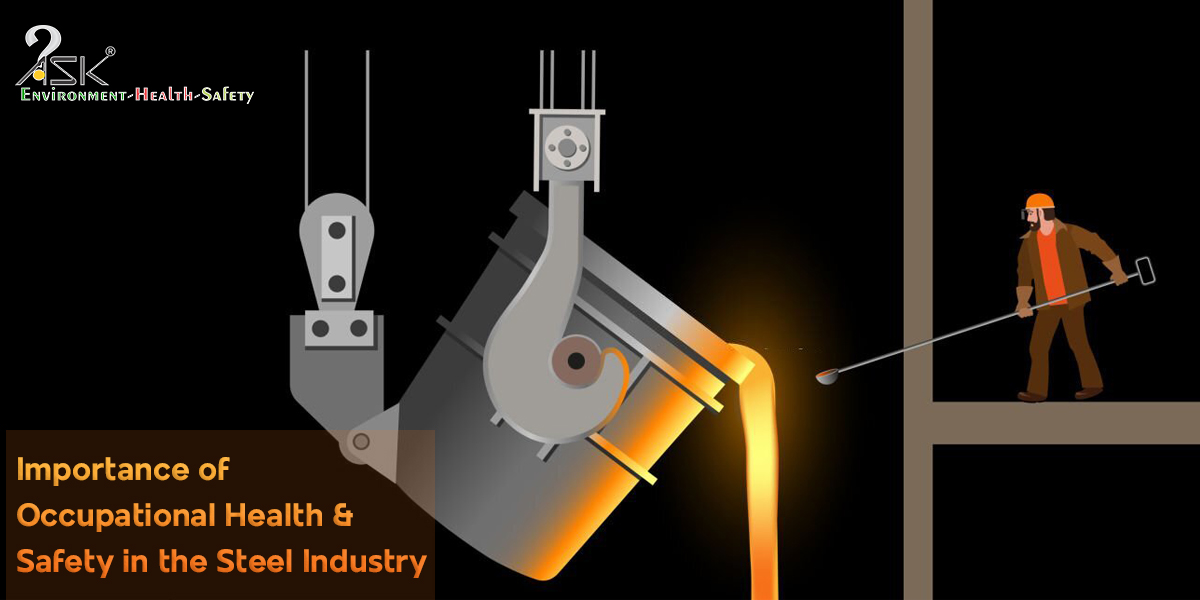5 reasons why refresher safety trainings rose post COVID-19

Safety culture is not only about traditional systems or KPI’s – all of these only perpetuate the status quo and stands the only thing we know.
For employees who achieve trainings, deeper dispositions and enduring characteristics such as reflections, imaginations and creatives serve to motivate their behaviour to define them as better thinkers and learners.
For the same, dispositions need to be developed and nurtured over various safety circumstances so that they become ingrained in their minds.
When organizations have large contractor workforces, managing risks seems possible only by increasing safety. It remains more than just a one-and-done initiative, simply due to the supply chain and regulatory risks associated with poor adherence among the workforce. And as technology, regulations and processes change rapidly, most of the people tend to forget 70% of new information within a day of learning it – which makes safety trainings more imperative.
Even in 2021, trainings, when done right, clearly benefits organizations and the workers. Here are the top 5 reasons why the importance of safety trainings has increased.
-
Employees switch gears more frequently
When roles and responsibilities change on a frequent basis, workers are required to perform specific tasks such as operating dangerous machinery and extensive repairs. Lack of proper trainings can accidently lead to workers skipping a step or improperly used specialized equipment can lead to injuries, extensive repairs and ultimately disrupt work quality. With appropriate trainings, workers can quickly and easily move from job to job and from location to location with confidence.
-
We are just humans
Though automation and technology has changed the ways we work, they cannot eliminate the mistakes or change our mental capacities. Retaining capacity differs in each individual – situations can further leave them vulnerable to forgetting proper techniques and precautions. Retraining helps eliminate dangerous and deadly consequences, in environments that contain volatile materials and in extreme work conditions.
-
Aligning with the workforce expectations
Millennials (those defined between 25 to 39 years old) comprise of the largest portion of the workforce. Their job expectations include emphasis on training and development – they are ones who can quit if they do not receive proper trainings. Continued training and development is one of the most important policies for a company, and even becomes a deciding factor for employees as to where to work.
Safety training types do vary – web-based technologies help employers keep track of employee and safety training and certifications required for their employment.
Online courses and E-learning provide on-demand refresher trainings in manageable and more memorable bites. It further boosts satisfaction and builds confidence in their abilities to do work.
-
Builds new learning curves
As learning is made more readily available and trainings needs are now easier to track, the advancements have introduced equipment that require new ways of operations. Refresher courses cover correct operation techniques, create awareness of machine hazards, and enable proper use of personal protective equipment (PPE) – that help ensure workers are protected, comfortable, and confident with new operations and procedures. It reinforces already learned skills and identifies and corrects knowledge gaps that would have otherwise gone unrecognized.
-
Increase in priority due to changing rules and regulations
Unfortunately, in recent years, several highly publicized workplace accidents could have been prevented with proper safety training and precautions. Awareness of safety-related risks and the importance of taking measures to avoid them are heightened after witnessing what could happen when safety is overlooked. Ongoing changing rules and regulations give rise to trainings – helping to protect worksites, deliver workers home safely and mitigate supply chain risks.


